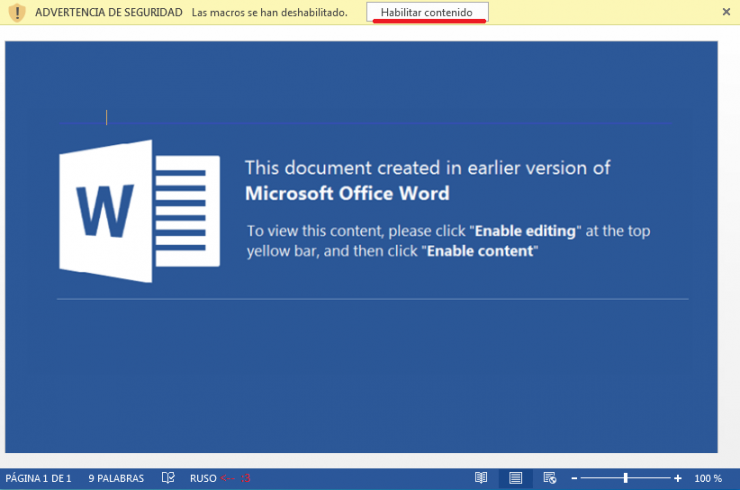In this article we are going to analyze, gut and customize a little screen-locker (a member of ransomware family that locks the machine without encrypt the data). This is a clumsy but effective sample that we will alter to create our own ScreenLocker.
SSHBOT, the cr*ppy ScreenLocker
SSHBOT, also known as P4YME, is an old and unsophisticated malware from ransomware family.
We will use a public sample submited to VirusTotal, where is detected by 54 Anti-virus:

When executed, it restarts the machine and shows this message:
[Read more…]



 From the malware lab of S2 Grupo we have been monitoring the movements of a Trojan known as Trickbot. Its relationship with Dyre, another older Trojan with which it shares many design features, and the speed at which it evolves, has captured our interest ever since we saw the first samples.
From the malware lab of S2 Grupo we have been monitoring the movements of a Trojan known as Trickbot. Its relationship with Dyre, another older Trojan with which it shares many design features, and the speed at which it evolves, has captured our interest ever since we saw the first samples.